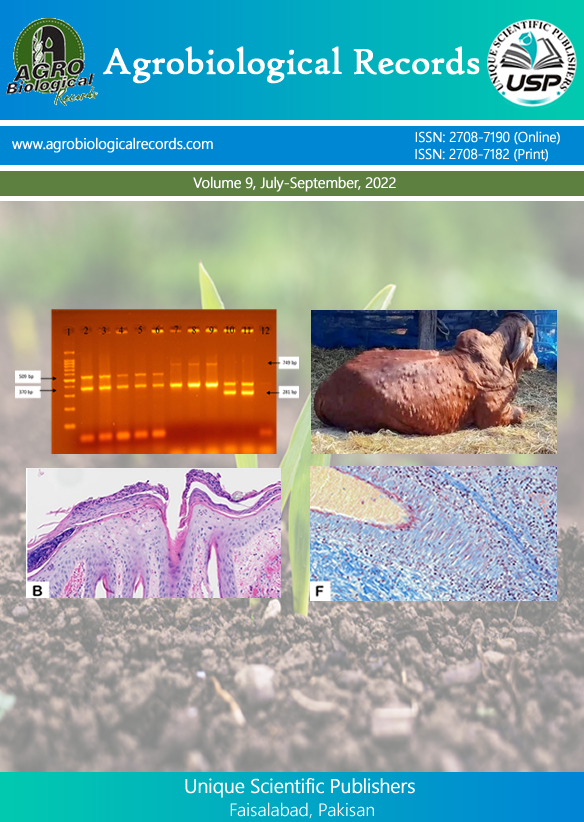
Uzair Ahmad1,*, Humayun Ajaz1,*, Atiqa Perveez2 and Shahnshah E Azam3
1Department of Chemistry, University of Engineering and Technology, Lahore, Pakistan 2School of Allied health and life sciences, St Marys University Twickenhm, London, United Kingdom 3Center of Biological Engineering, University of Minho, Braga, Portugal
*Corresponding author: uzairahmedmalik@gmail.com (UA); humayunajaz@uet.edu.pk (HA)
Aflatoxins are a group of mycotoxins produced primarily by fungi Aspergillus flavus and Aspergillus parasiticus that commonly contaminate crops. When livestock such as cattle eat feed contaminated with aflatoxin B1 (AFB1), the compound is metabolized in the animal's liver to aflatoxin M1 (AFM1). AFM1 is excreted in milk following contamination, representing a potential health hazard to humans who consume milk or dairy products containing elevated levels of this mycotoxin. The presence of AFM1 in milk is of concern due to toxicological effects, including various adverse health consequences. The purpose of this study was to assess the prevalence of aflatoxin M1 (AFM1) in raw milk samples collected from Chakwal city. 100 raw milk samples were collected from the main milk production areas, which are the main source of milk in the city. The evaluation of AFM1 in the milk samples is performed by using Enzyme-Linked Immunosorbent Assay (ELISA) kit. All 100 raw milk samples were found to be contaminated with AFM1, whereas 99% of the samples showed above the limits of the European Commission (EC), while 1% were below the limits. According to US regulations, 1% of samples exceeded the AFM1 acceptable limit, though the US limit is ten times higher than the EU limit. Maximum permissible limits prescribed by the Pakistan Standards and Quality Control Authority (PSQCA) were met by all samples. AFM1 concentrations ranged between a minimum of 050ng/a maximum of 750ng/L/L. All raw milk samples contained AFM1 contamination. While the concentration in all samples was below the Pakistan Standards and Quality Control Authority (PSQCA) limit of 10,000ng/L (10?g/L), 99% of the samples exceeded the European maximum allowable limit. These findings highlight the critical need to implement stricter measures to mitigate AFM1 contamination in milk produced in the city of Chakwal, as high levels of this mycotoxin can cause significant public health risks.